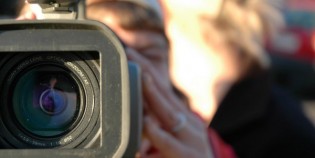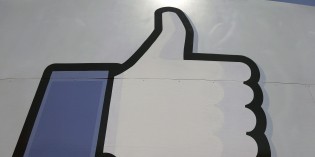Stackadapt says that, according to its first benchmarking study, programmatically bought native ads are clicked almost three times as often as standard display ads.
The Toronto-based ad tech company has completed 1,500 North American native ad campaigns since it launched its programmatic native buying platform in spring 2014, and has just released new benchmarks on how those campaigns performed.
According to StackAdapt, native ad click-through rates (CTR) across the platform averaged between 0.4% and 0.8%, considerably higher than the benchmark CTR for display (0.14% in Canada and 0.08% in the U.S., according to 2015 numbers from DoubleClick). That’s also higher than benchmarks set by Polar’s non-programmatic native advertising platform MediaVoice of 0.15% for desktop and 0.26% for mobile (though Polar surveyed a much larger dataset of more than a billion impressions globally).
StackAdapt co-founder and COO Vitaly Pecherskiy said one of the main factors behind the improved performance in native is the focus on providing value to the reader through content.
“Instead of just a plain marketing message, like ‘get 20% off’ or ‘sign up now’, it’s branded content that’s value-generating,” he said. “They’re not ‘sell-y,’ they are often really interesting to read, and very educational or entertaining.”
Engagement also tends to be higher in programmatic native (versus non-programmatic native) because advertisers are able to target a high-engagement audience and optimize towards more engagement, he said.
Based on StackAdapt’s post-click metrics, users that click through to native content spend between one-and-a-half and three minutes on the site. That’s similar to average time spent on most kinds of editorial content.
Among the clients StackAdapt works with, CPG advertisers had the best rate of engagement, averaging a 0.52% CTR, followed by style and fashion brands at 0.38% and automotive at 0.35%.
“It all comes down to quality of content,” Pecherskiy said. “It’s really easy to tell a great story for a CPG brand or a travel brand versus, for example, a financial brand or insurance company. Take Dove, they have great content around empowering women and gender equality. For them, it’s really easy to produce content users find inspiring, so they’re just naturally a good fit for content marketing.”
Native (or “in-feed”) ads differ from typical display in that they’re automatically generated to match the design of the website where they’re placed, and usually run in the main editorial content feed rather than in standard ad placements. Studies have generally found that native ads get more clicks than display ads, though detractors argue that’s because they’re easier to mistake for content.











Since when is CTR a measure of engagement, especially in today’s world of click bots? Even if the only measurement of a campaigns success were clicks, the metric to look at in paid media is CPC, not CTR. A high CTR does not always equate to a low CPC. And native offers a quality of content? 90% of native ads are fluff pieces acting as straight click bait. Let’s look at acquisition campaign performance of native vs. display.
Tuesday, November 17 @ 8:32 pm |